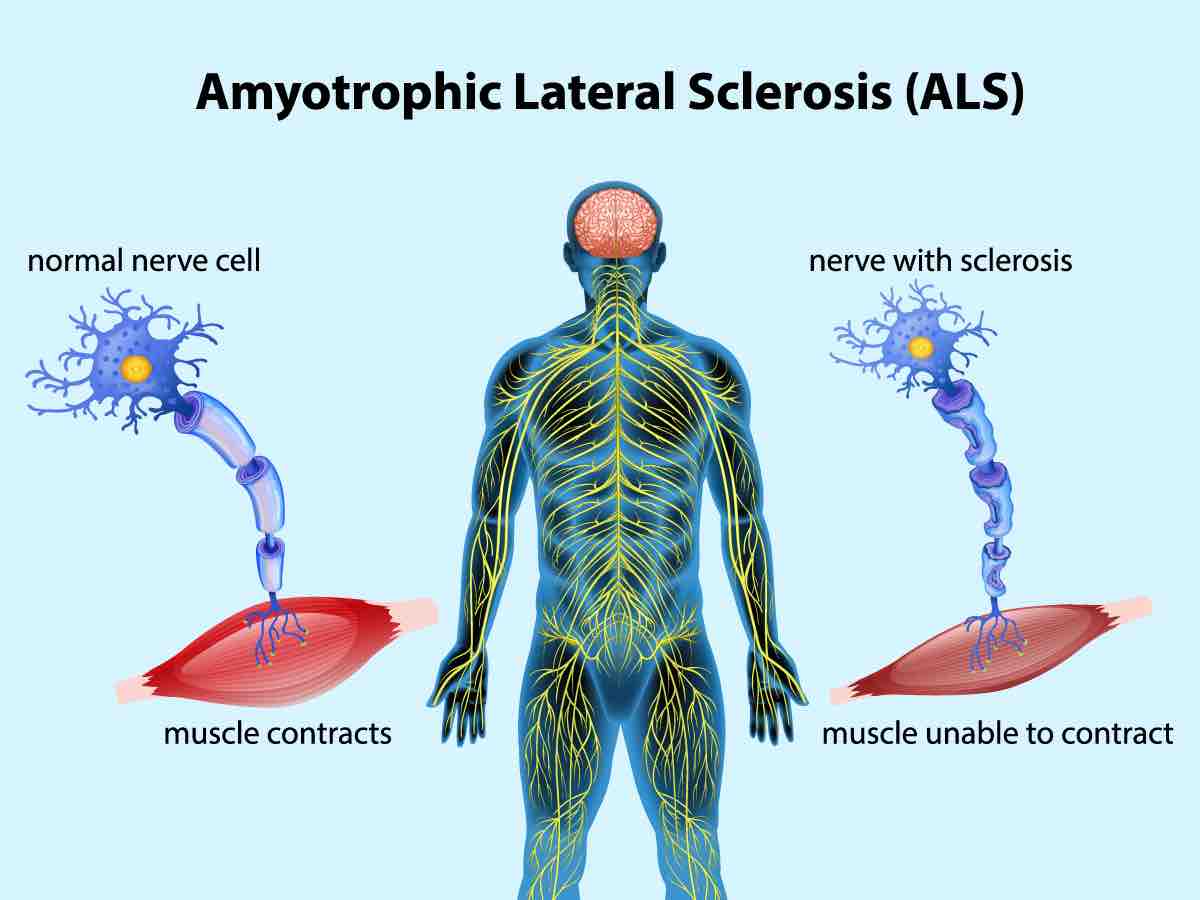Learn about pelvic contusion symptoms, causes, and treatments. Understand recovery tips and when to seek medical care for pelvic injuries.
Pelvic Contusion Explained: Quick Relief & Recovery Tips
Pelvic contusion, a common form of soft tissue trauma, occurs when a direct blow or impact causes bruising in the pelvic area. While not typically life-threatening, it can cause significant discomfort and limit mobility if left untreated. This article explores everything you need to know about pelvic injuries, especially contusions, including how to identify, treat, and recover from them safely.
What Is a Pelvic Contusion?
A pelvic contusion is a type of blunt force trauma that results in bruising of the soft tissues around the pelvis. Unlike pelvic fractures, which involve broken bones, contusions do not damage the pelvic bones directly but can still cause swelling, pain, and limited range of motion.
Common Causes of Pelvic Injury
Pelvic contusions often occur in:
-
Car accidents
-
Sports injuries (e.g., football, soccer, martial arts)
-
Slips and falls, especially among the elderly
-
Industrial or workplace trauma
Athletes, older adults, and people involved in high-impact activities are particularly vulnerable.
Recognizing Pelvic Contusion Symptoms
Knowing how to spot a pelvic contusion can prevent complications. Key symptoms include:
-
Deep bruising or discoloration
-
Pain while sitting, walking, or standing
-
Tenderness in the hip or groin region
-
Muscle stiffness
-
Swelling or localized inflammation
If the pain is severe or movement is restricted, it is crucial to rule out a pelvic fracture or internal bleeding.
When Pelvic Pain Signals a Serious Problem
Pelvic pain that persists for more than a few days or worsens over time may suggest a more serious injury. Seek medical attention if you experience:
-
Numbness or tingling in the legs
-
Difficulty urinating or blood in urine
-
Fever and chills
-
Signs of internal bleeding
These could indicate nerve damage, infection, or organ involvement — not just a simple soft tissue injury.
Diagnosing Pelvic Contusions in Clinical Settings
Healthcare providers use various tools to diagnose pelvic trauma:
-
Physical examination for swelling and tenderness
-
X-rays to rule out fractures
-
MRI or CT scans to assess muscle, ligament, and soft tissue damage
Early diagnosis is key to preventing long-term mobility issues or chronic pelvic pain.
Treatment Options for Pelvic Contusion
Fortunately, most pelvic contusions can be treated at home with proper care. Treatment includes:
1. Rest and Activity Modification
Avoid strenuous activity for at least 48–72 hours. Use cushions when sitting and reduce movement that puts pressure on the pelvis.
2. Ice Therapy
Apply an ice pack for 20 minutes every 2–3 hours during the first 2–3 days to reduce swelling.
3. Pain Management
Over-the-counter medications like ibuprofen or acetaminophen help control inflammation and pain.
4. Gentle Stretching
After a few days, gentle stretching can help restore mobility. Avoid overstretching the hip or lower back area.
Physical Therapy and Medical Interventions
For moderate to severe cases, physical therapy may be necessary to restore strength and flexibility. In rare situations where complications occur, further interventions like corticosteroid injections or minimally invasive surgery might be required.
Recovery Timeline for Pelvic Contusions
Most individuals recover within 2 to 4 weeks, depending on the severity of the injury and compliance with treatment. Athletes may need longer recovery periods before resuming full physical activity.
To speed up recovery:
-
Get adequate rest
-
Stay hydrated and maintain a nutritious diet
-
Avoid alcohol and tobacco, which slow tissue healing
-
Follow up with your doctor regularly
Pelvic Contusion vs. Pelvic Fracture
| Feature | Pelvic Contusion | Pelvic Fracture |
|---|---|---|
| Cause | Blunt trauma | High-impact injury |
| Pain | Localized, dull | Sharp, intense |
| Imaging | Soft tissue changes | Broken bones |
| Recovery | 2–4 weeks | 6–12+ weeks |
| Treatment | Conservative | Often surgical |
Preventing Pelvic Injuries in the Future
To minimize your risk of future pelvic trauma:
-
Use proper protective gear during sports
-
Strengthen core and pelvic muscles
-
Use caution on slippery or uneven surfaces
-
Wear supportive shoes and avoid high heels
-
Maintain bone density through calcium and vitamin D intake
When to See a Specialist for Pelvic Injuries
Consult a medical specialist if:
-
Pain worsens despite rest
-
You develop new symptoms (e.g., numbness, fever)
-
You’ve had multiple pelvic injuries before
-
You’re an athlete preparing to return to sports
Early intervention ensures faster recovery and reduces long-term complications.
Conclusion: Don’t Ignore Pelvic Contusions
Though commonly overlooked, a pelvic contusion deserves proper care. Whether caused by a sports injury or a fall, timely treatment and rest are crucial. If you suspect your pelvic pain is more than a bruise, consult a healthcare provider for a full evaluation.
📍 Need help finding medical recovery devices or diagnostics tools?
Explore advanced solutions on our homepage at www.xinrea.com or contact us here for personalized support.











